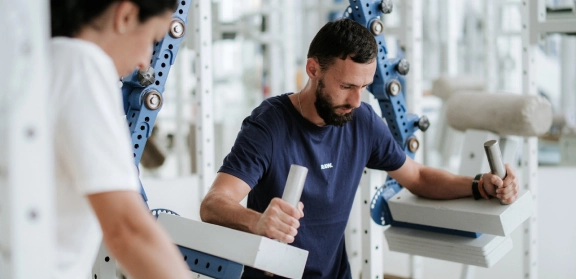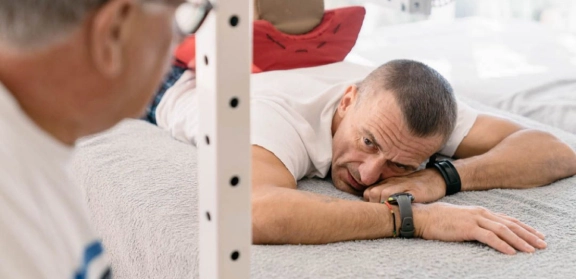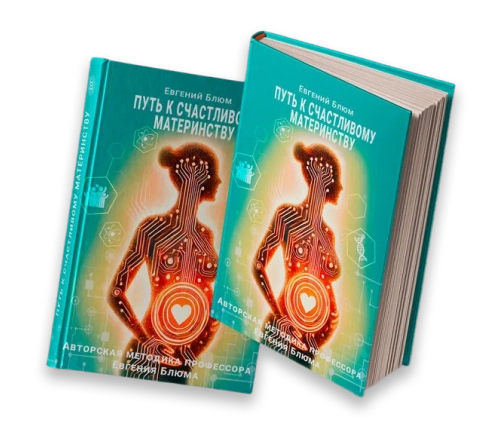Children’s Programs
REHABILITATION, RESTORATIVE TREATMENT, AND HEALTH IMPROVEMENT FOR CHILDREN
Rehabilitation and wellness methods and techniques have no age or clinical contraindications. Programs are developed individually, taking into account all patient characteristics and diagnoses.
Training loads target weak muscles, ensuring that the load does not cause physical overstrain.
Psychological load is also minimal, as the program is implemented by trained instructors with conscious or unconscious reflex participation of the patient.
Sports loads are given only after complete physical recovery – either health sports or individual physical training for athletes.

Based on many years of experience, we highlight six main areas:
- Treatment. Orthopaedic, neurological, severe disabling diseases.
- Rehabilitation. For immature, premature, infected, or birth-injured children, and those with physical and cognitive developmental delays.
- Recovery.. After completion of inpatient treatment, after injuries and surgeries, intensive medication treatment.
- Health improvement and prevention. Identification and elimination of health "weak links." For genetic predisposition to diseases, connective tissue dysplasia, low life resource.
- Wellness sports. Individual physical training for young athletes, elimination of biomechanical asymmetries, maximisation of potential.
- Noble posture. Elimination of posture, gait, and body shape disorders, restoration of full-range joint movements, mobility, gracefulness.
AREAS OF OUR WORK IN CHILD REHABILITATION
- Rehabilitation of neurological disorders: cerebral palsy, myopathies, brain injuries, developmental delays, consequences of birth injuries.
- Non-surgical treatment of spinal and joint deformities: stoop, scoliosis, kyphosis, hip subluxation, hip dysplasia, clubfoot, flat feet, X-shaped legs.
- Non-medication treatment of somatic diseases: asthma, weak immune system in children, frequently ill children.
- Non-medication treatment of autism, attention deficit hyperactivity disorder (ADHD).
- Posture correction and physical harmony program for school-aged children.
- Preparation of children for school, specific sports, and development of physical talents.
PROPRIETARY METHOD
The range of diseases treated is quite broad, and it may seem unlikely that all these diverse conditions can be treated in one facility. However, Professor Blum's method significantly improves the quality of life for patients, enhancing self-care skills and functional capabilities for children who have not been helped by other rehabilitation methods.
Our experience shows that every child, regardless of their health level, has enormous hidden potential for recovery and development. When a therapeutic method can engage the deepest elements of a child's metabolic, sensory, and physical development through precise, deep stimulation and strengthening of the locomotor system, incredible breakthroughs and the best results are achieved.
The Centre uses unique rehabilitation modular exercise machines that selectively and progressively impact target organs and body segments. A comprehensive individual program is developed for each patient, implemented under the personal supervision of Professor Blum. Controlled, dosed, precisely directed loads allow for the gradual and confident elimination of muscle-joint imbalances, optimization of organ and system function, normalising and restoring their functional state.

Objectives of the program
-
Maximum restorationMaximum restoration of physical capabilities and mental health.
-
Creating conditionsCreating all possible conditions for the full, harmonious physical and mental development of the child.
-
Development of skillsFormation/restoration of abilities and skills for an independent life.
Patient stories
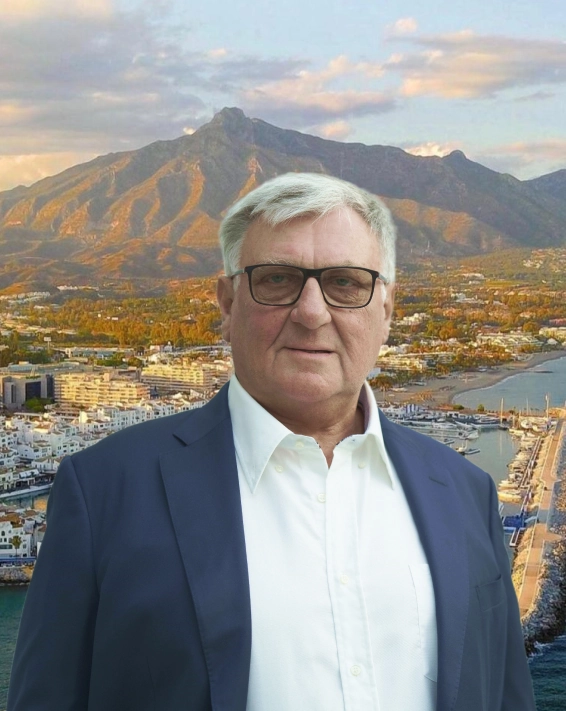
Professor Blum’s Exclusive Rehabilitation System

For Your Convenience, the Sierra Blanca Resort Spa Hotel is Open on the Center’s Premises. The hotel is nestled in a cedar park at the foot of La Concha Mountain, offering stunning views of the sea, Gibraltar, and the African coast from its terrace.

Sierra Blanca Resort Spa Includes:
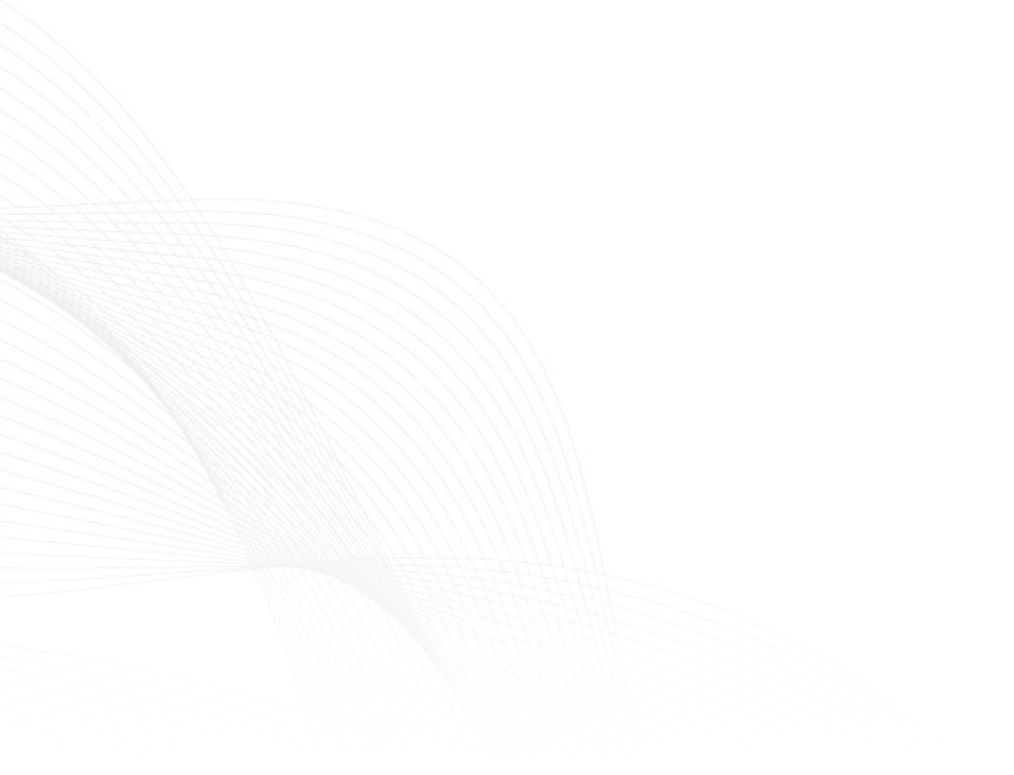
Select a program
- Cerebral palsy
- Consequences of birth injuries
- Developmental delays
- Autism, ADHD
- Hip dysplasia
Q&A
Paediatricians and paediatric neurologists follow the international Gross Motor Function Classification System (GMFCS), introduced by R. Palisano in 1997. This system assesses the development of motor skills and the limitations in a child’s daily movements. The overall evaluation of these factors serves as the basis for diagnosing cerebral palsy.
Currently, there are over 300 causes identified for the development of cerebral palsy. Professor Blum always considers the true causes and underlying factors that may either provoke or reduce the risk of the disease. Harmful trends and habits in modern society create conditions where predispositions can develop into disease. In the case of cerebral palsy, some contributing factors include the abandonment of swaddling, lack of breastfeeding, the use of diapers, overprotection (manifested by constantly carrying the child in arms), and the use of distracting devices such as music, lights, and videos. Premature verticalization—when parents push their child to sit or stand before they are ready—can also interfere with the child’s natural, systematic development. We offer online consultations for parents to help prevent risks and guide them through the critical stages of their child's development in the most effective way possible.
Delaying the diagnosis of cerebral palsy, postponing the selection of an appropriate and effective treatment method, and waiting in the hope that the child will outgrow the issue is a misguided strategy that diverts from solving the problem. Your goal is not to wait for a diagnosis and then take action, but to do everything possible to prevent a diagnosis of cerebral palsy from being made in the first place.
At the end of the rehabilitation course, we always provide "homework" – constructive recommendations for care and exercises that help make up for developmental delays at home, carried out by the parents. These exercises support the progress made during rehabilitation and prepare the child for the next course. It is important to understand that the recovery process for a child with cerebral palsy is complex and lengthy.
The duration of the rehabilitation course depends on the severity of cerebral palsy, the patient's age, the presence of complications, and the degree of motor impairment. The greater the developmental delay, the more intensive and prolonged the rehabilitation process. To determine the exact duration and cost, schedule a free online consultation with a doctor from the Centre.
- Spasticity (involuntary muscle spasms accompanied by pain);
- Seizures, hypertonia (muscle tension even at rest);
- Oculomotor disturbances, constant or intermittent strabismus, vision impairments;
- Extremely sudden, chaotic, or slow movements of the child;
- Unnatural body posture, either overly relaxed or excessively tense;
- Hearing, speech, or swallowing difficulties;
- Skeletal deformities;
- At 1 month, the child does not hold their head up or blink in response to loud sounds;
- At 3 months, the child does not roll over from stomach to back and vice versa;
- At 4 months, the child does not turn their head toward sounds or reach for toys;
- At 7 months, the child cannot sit without support or crawl;
- At 12 months, the child does not walk independently;
- Walking on tiptoes, knees turning inward;
- Brain cysts, epilepsy are detected;
- Difficulty maintaining posture;
- The child performs all actions using only one hand.
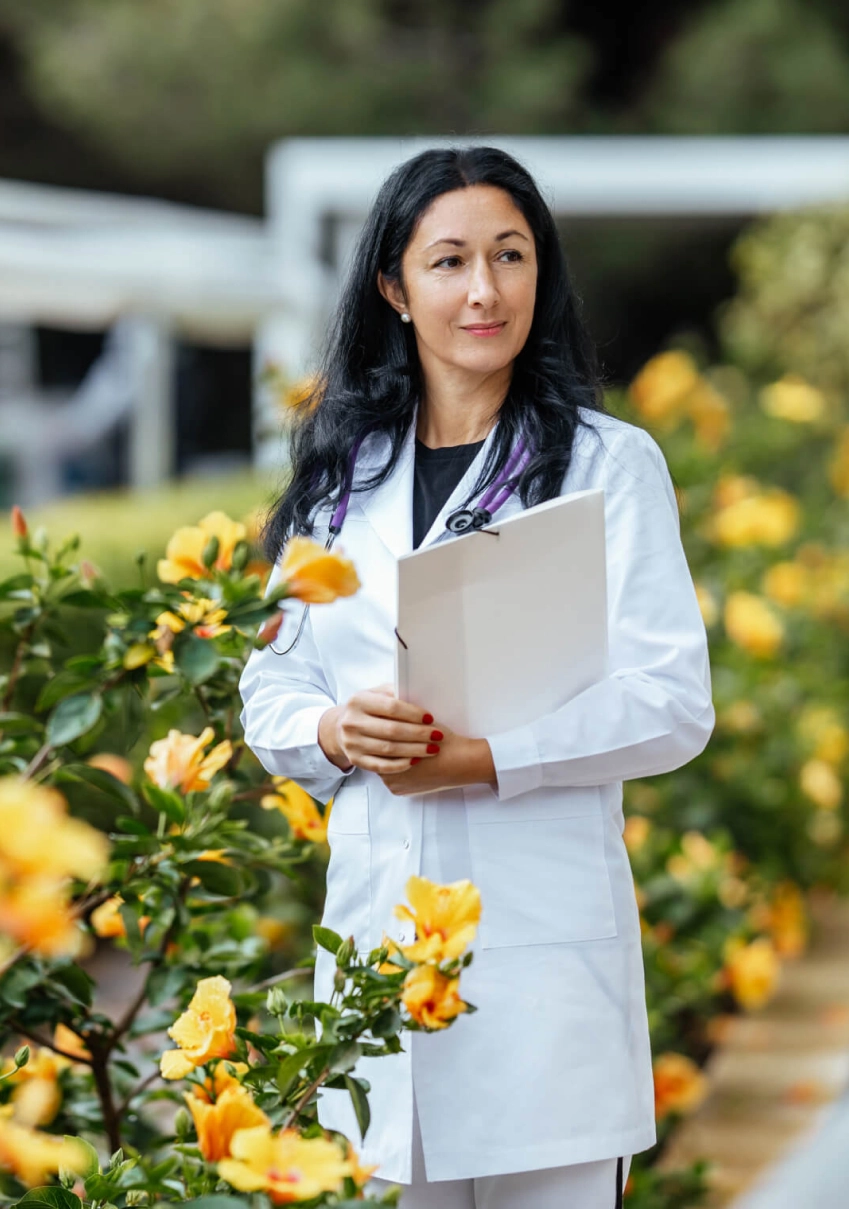
The cost of a course of treatment with a stay in a hotel
- Appointments and consultations
- Creating an individual program
- Conducting personal sessions
- Appointments and consultations
- Creating an individual program
- Conducting personal sessions
Other areas of work of our Center
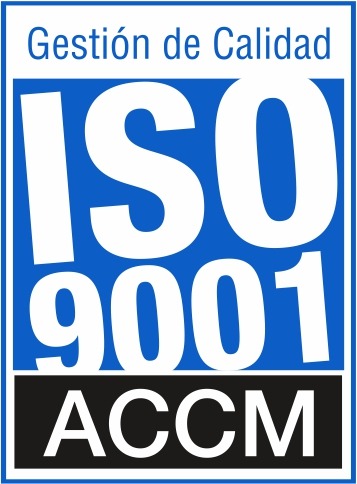






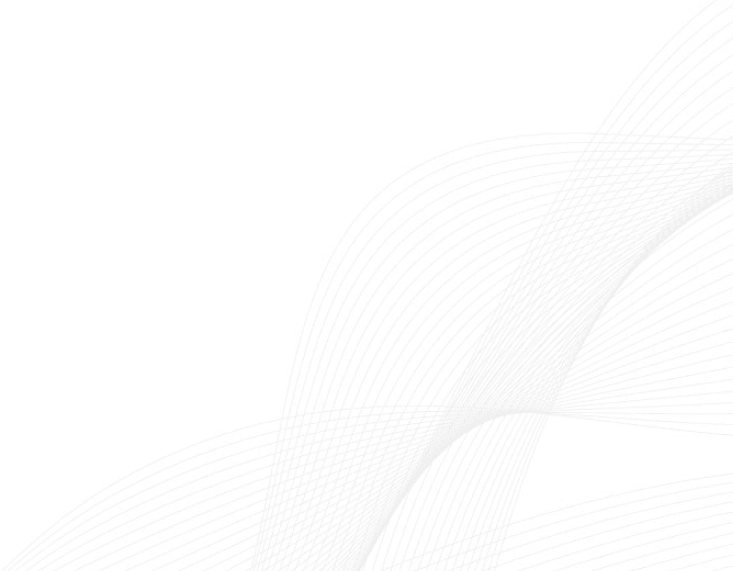
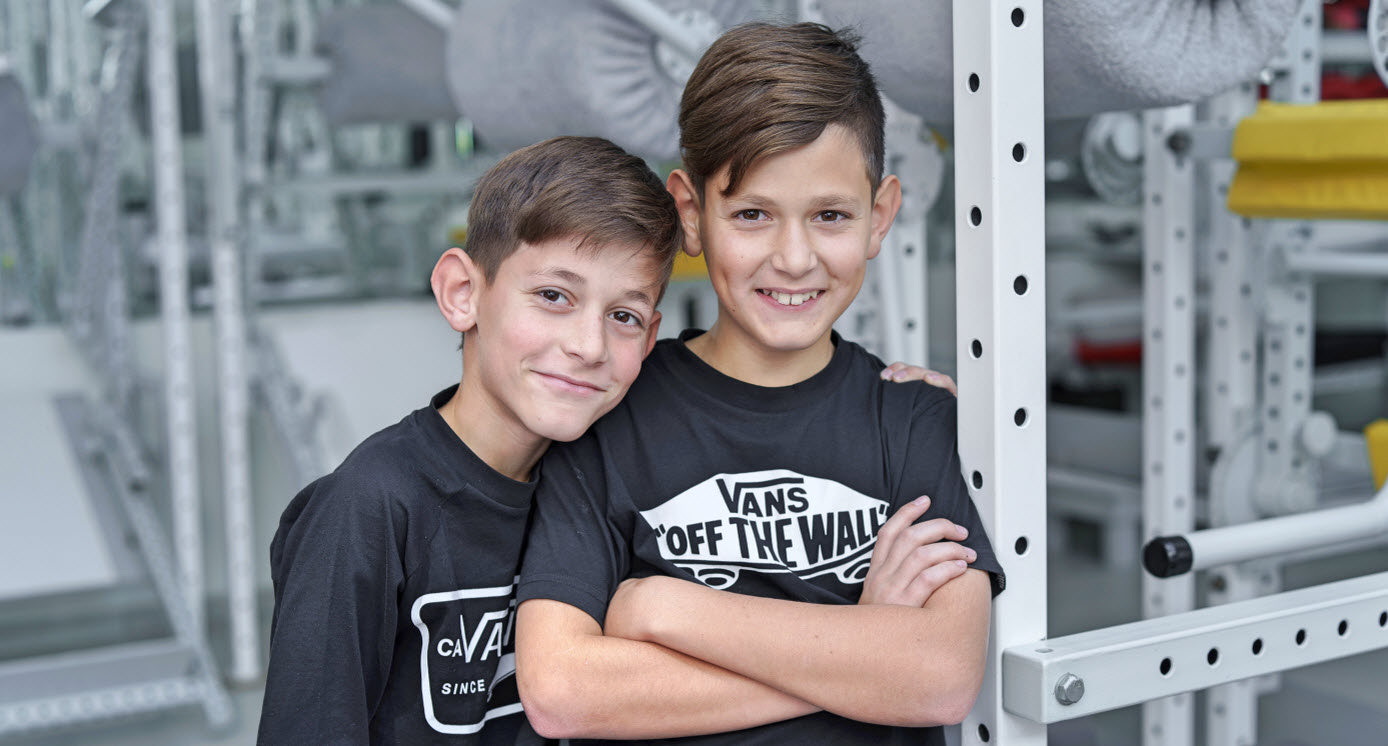














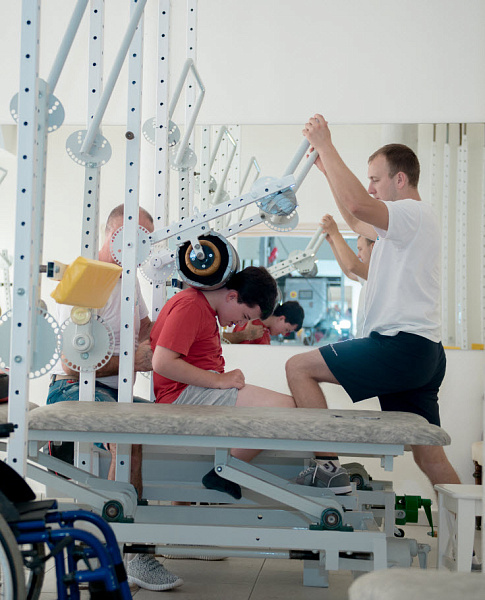
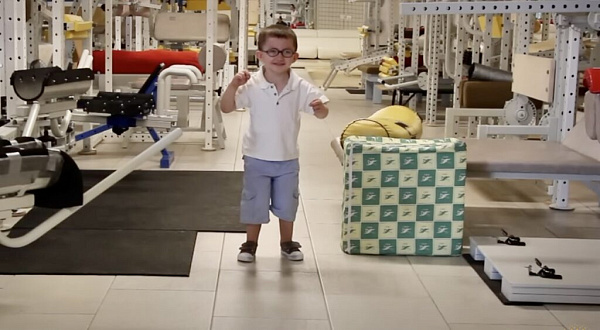
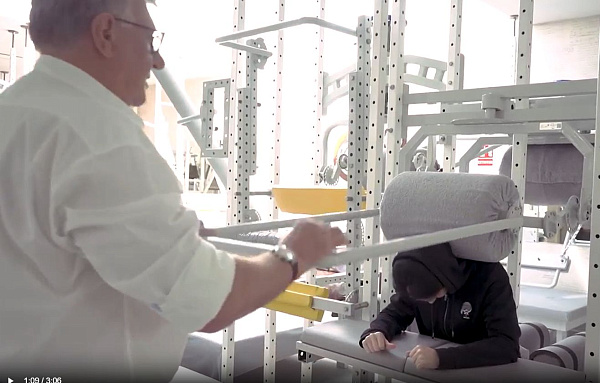
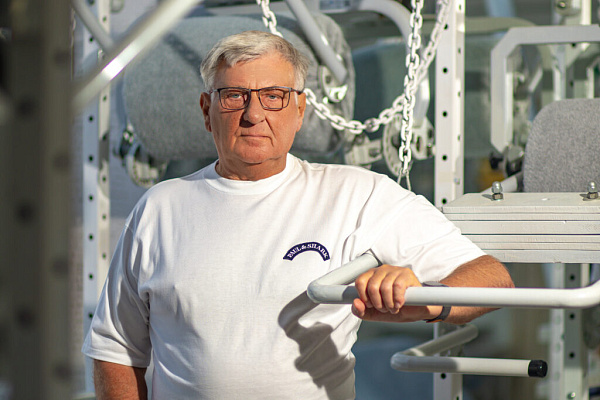
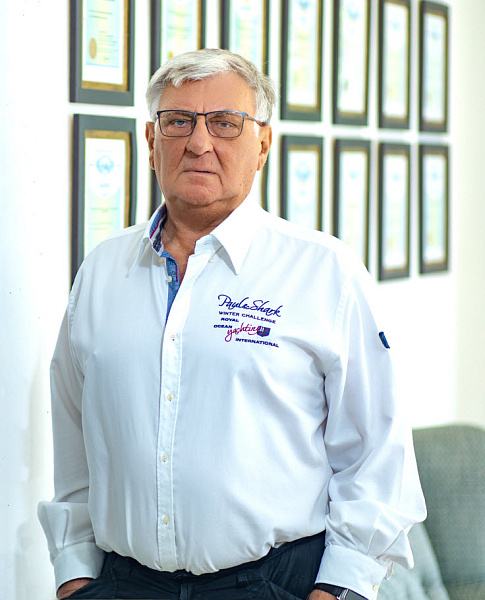
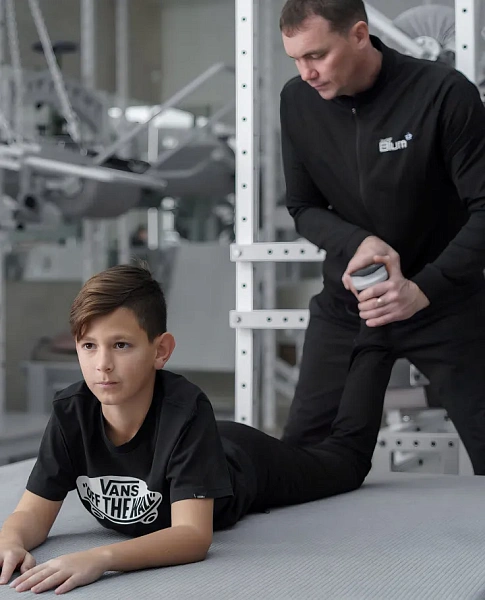
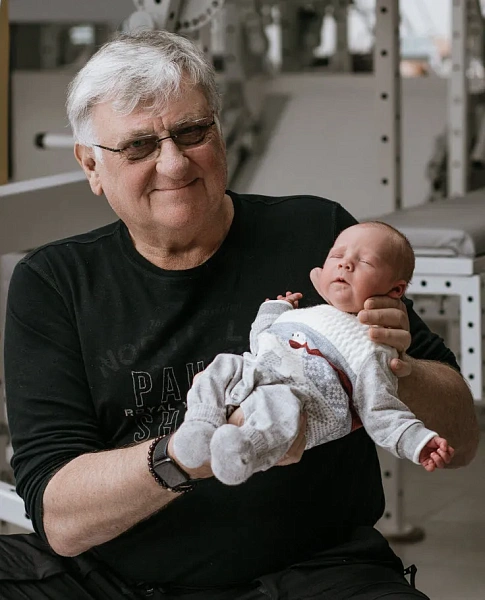
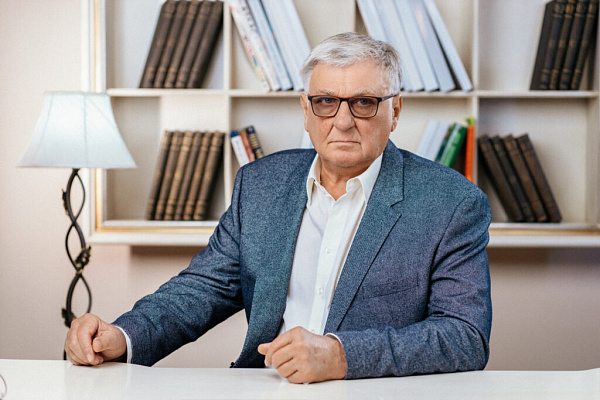
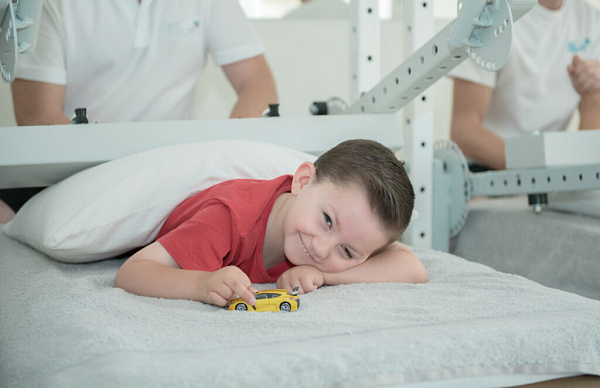

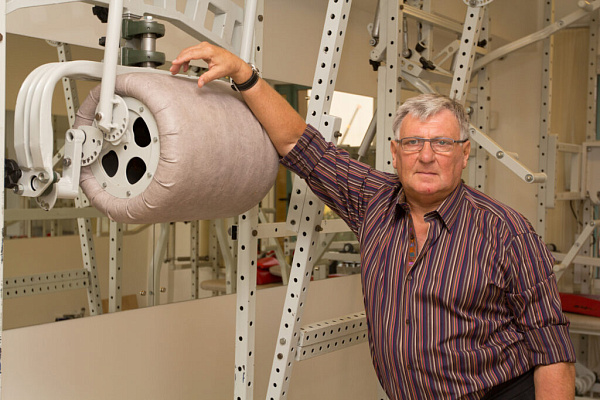
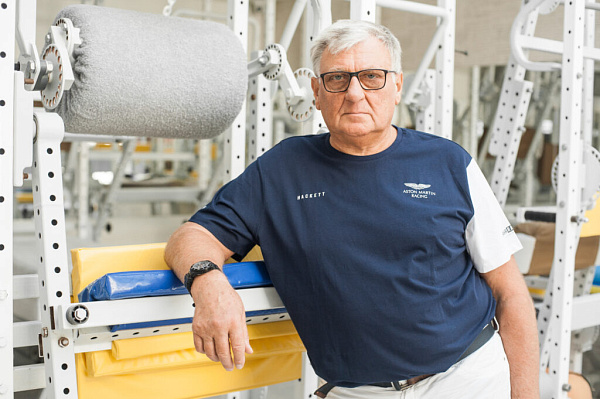
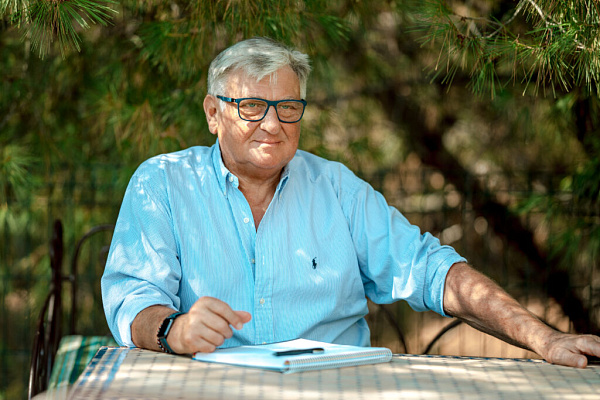
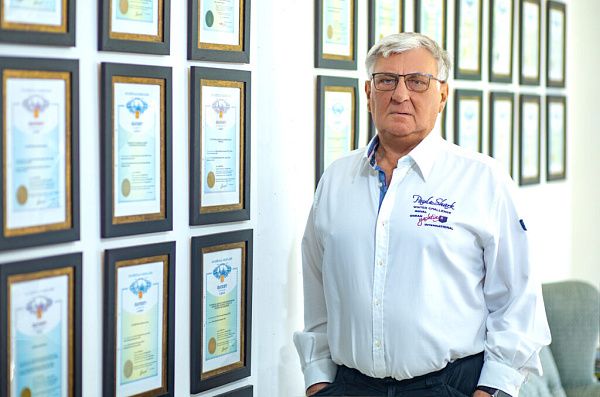
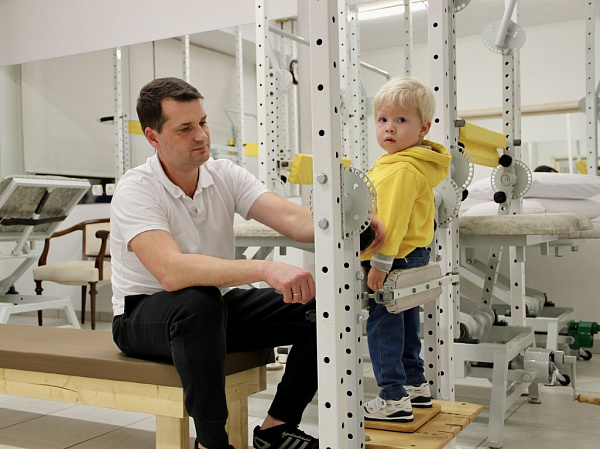
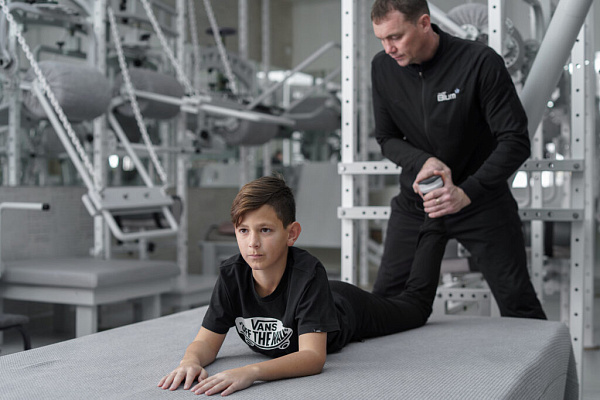
.webp)
